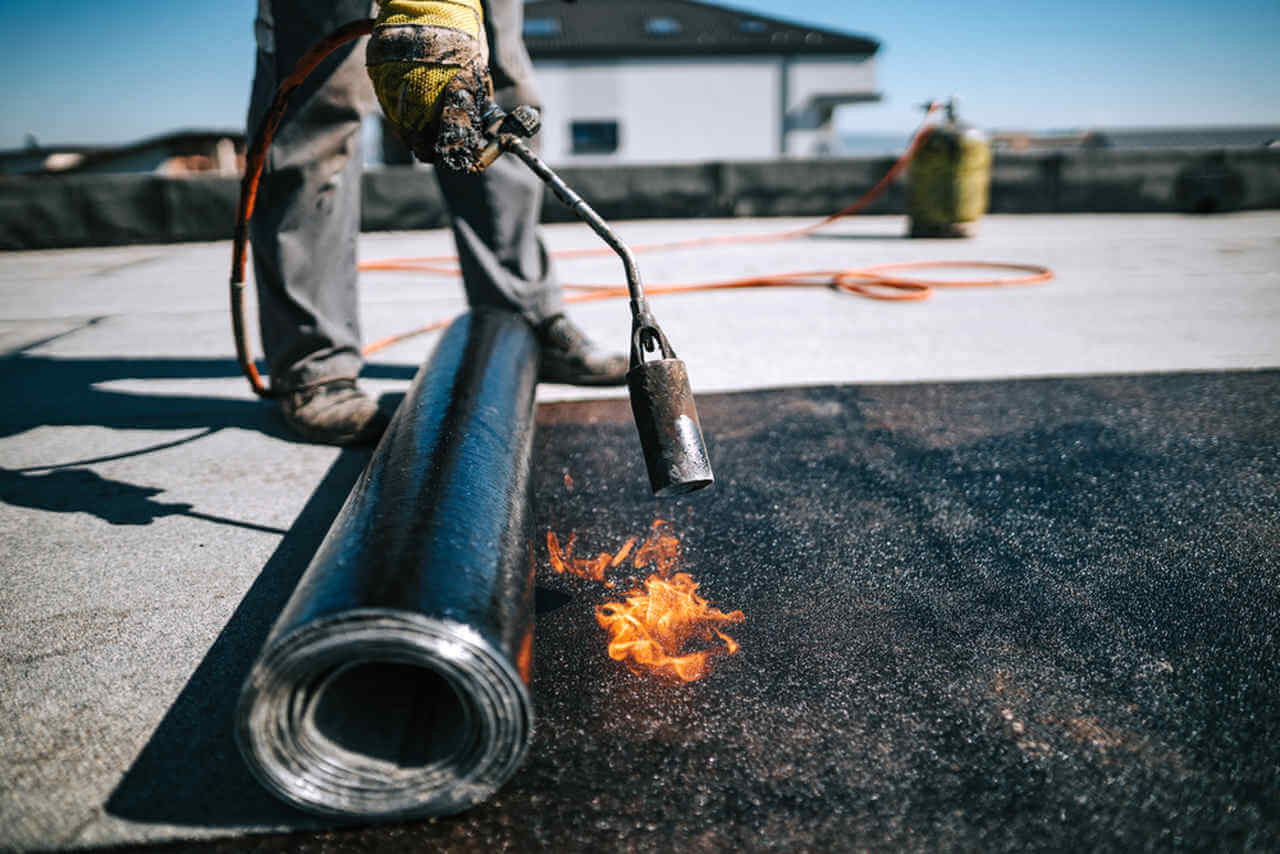
Waterproofing with Bitumen: An Essential Application
Waterproofing is a crucial aspect of construction, safeguarding structures against the damaging effects of water infiltration. Among the various materials used for waterproofing, bitumen stands out as a versatile and reliable choice. In this article, we will delve into the world of waterproofing with bitumen, exploring its applications, benefits, and the reasons why it has gained widespread popularity in the construction industry.
Bitumen: The Basics
Bitumen is a complex mixture consisting of hydrocarbons and other organic compounds. It is extracted from crude oil during the refining process and is used for various applications, including road construction, roofing, and waterproofing. In the context of waterproofing, bitumen's high viscosity and adhesive properties make it an ideal choice to create a durable barrier against water intrusion.
There are different types of bitumen used in waterproofing, each with varying degrees of hardness and softness. These types include penetration-grade bitumen, oxidized bitumen, and modified bitumen. The choice of bitumen type depends on the specific waterproofing requirements and the environmental conditions the material will face.
Advantages of Bitumen Waterproofing
Bitumen waterproofing offers numerous advantages that make it a preferred choice for architects, contractors, and engineers. Its excellent water resistance properties ensure that no moisture penetrates the structure, preventing issues like leaks and mold growth. Additionally, bitumen's resilience to UV rays and extreme weather conditions ensures the longevity of the waterproofing system.
Another standout feature of bitumen waterproofing is its flexibility. It can accommodate structural movements and prevent cracks from forming, making it a versatile solution for various types of structures. This flexibility is especially important in regions prone to earthquakes or ground settlement.
Applications of Bitumen Waterproofing
Bitumen waterproofing finds extensive use across a range of applications:
Roof Waterproofing
Roofs are exposed to the harshest weather conditions, making them vulnerable to water damage. Bitumen membranes are commonly used to create a watertight barrier on flat and pitched roofs, safeguarding the underlying structure from water infiltration.
Basement Waterproofing
Basements are prone to moisture infiltration due to their underground location. Bitumen coatings and membranes provide a reliable solution to keep basements dry and prevent water from seeping through the walls and floors.
Bridge Decks and Roadways
Bitumen waterproofing is crucial for bridge decks and roadways to prevent water from reaching the underlying concrete or steel structures. It enhances the durability of these infrastructure elements, reducing the risk of corrosion and deterioration.
Foundation Protection
Foundations are the backbone of any structure, and waterproofing them with bitumen ensures the longevity of the building. By preventing water from entering the foundation, the risk of cracks and structural damage is significantly reduced.
Bitumen Waterproofing Process
The process of bitumen waterproofing involves several essential steps:
Surface Preparation
Proper surface preparation is crucial to ensure the adhesion of the bitumen membrane. The surface must be clean, dry, and free from debris. Any cracks or voids in the substrate should be repaired before the waterproofing process begins.
Primer Application
A primer is applied to the prepared surface to enhance the bonding between the substrate and the bitumen membrane. The primer also helps in preventing the formation of air bubbles that could compromise the waterproofing layer.
Bitumen Membrane Installation
Bitumen membranes are rolled out onto the primed surface. These membranes are available in various thicknesses, and the choice depends on the specific application and the level of waterproofing required.
Overlapping and Sealing
During installation, the edges of the bitumen membranes are overlapped to create a continuous barrier. The overlaps are then heat-welded or adhered using suitable adhesives to ensure a tight seal and prevent water from seeping through the joints.
Stay tuned for the continuation of this article, where we will explore the comparison between bitumen and other waterproofing materials, the challenges faced in bitumen waterproofing, and the exciting innovations in this field.
Frequently Asked Questions
-
Is bitumen waterproofing suitable for all types of structures?
Bitumen waterproofing is versatile and can be used for a wide range of structures, including residential, commercial, and infrastructure projects.
-
How long does bitumen waterproofing typically last?
The lifespan of bitumen waterproofing can vary depending on factors such as the quality of installation, environmental conditions, and maintenance. However, it generally offers long-lasting protection.
-
Can bitumen waterproofing be applied to existing structures?
Yes, bitumen waterproofing can be applied to existing structures, but proper surface preparation and evaluation of the substrate's condition are essential for a successful application.
-
Are there eco-friendly alternatives to traditional bitumen waterproofing?
Yes, there are eco-friendly alternatives, such as bio-based waterproofing materials and recycled bitumen products, that aim to reduce the environmental impact of waterproofing processes.
-
What are some common signs of waterproofing failure?
Signs of waterproofing failure include water leaks, dampness, mold growth, and efflorescence on walls. Regular inspections can help detect such issues early and prevent further damage.
